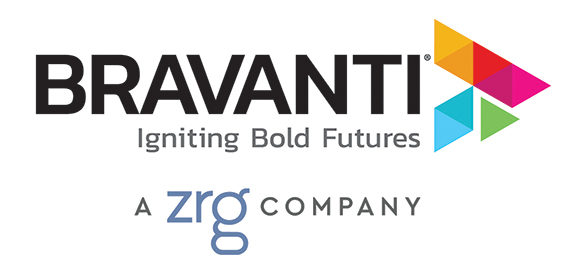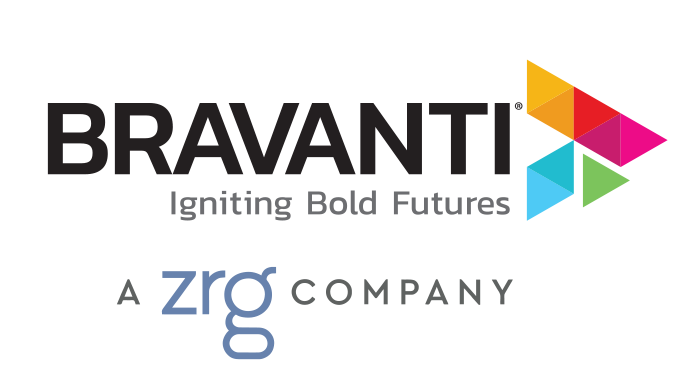There is a renewed debate on the talent landscape surrounding 360-degree feedback in its traditional form and how much value it delivers for both learning and development. While the concept has been around for a long time, 360-degree feedback too often focuses on numerical ratings that either provide limited usable feedback or emphasize only the negative. As a result, very little constructive learning emerges to foster true professional advancement.
Most executives in leadership positions already know their strengths, as they’ve done assessments on skills, competencies, and psychometrics. A traditional 360 review typically won’t provide useful additional insight — but a more well-rounded feedback process from key stakeholders can help take executives to the next level. The best approach is a balanced look at both strengths and opportunities for improvement.
Digging Deeper into Key Stakeholder Feedback
How does a deeper key stakeholder feedback process work? At the core, it’s a series of intensive one-on-one interviews with various individuals in the executive’s circle – including his or her direct supervisor, peers, direct reports, and individuals from outside the organization, such as a mentor. These interviews provide the kind of in-depth qualitative feedback that’s impossible to achieve in any other way.
A brief example from our recent work serves as an illustration:
The CEO is highly knowledgeable and successful at what he does, and he views his subject matter expertise as a key driver to his success, as do his colleagues. He’s the “go-to” source whenever the team seeks in-depth knowledge and his board, investors, and peers all view him as an outstanding leader.
With his team, however, there was a slightly different story. When we conducted detailed interviews with his key stakeholders, we learned that in some settings he can over-explain things to colleagues. Among the comments:
“He’s the kind of guy who won’t tell you what time it is, he’ll tell you how to build the watch.”
“He gives so much detail it gives the impression that he thinks we’re not smart.”
This feedback was a lightbulb moment for the CEO. While it highlighted his strengths as a subject-matter expert, he had no idea he was coming across this way to his team. Executive coaching helped him see this as an area for improvement and learn how to deliver his point of view in a more succinct and affirming way.
An Action Plan for Now and the Future
Once feedback is delivered, what do you do with it? The first step is to make sure the executive accepts the feedback and wants to address it, as was the case in the above example.
An action plan based on key stakeholder feedback provides themes for the executive to consider, therefore helping him or her zero in on the work needed to improve. Having this level of awareness alone is an enormous step forward. Then there should be a detailed course of action – working on two to three behavior changes over six months, for example.
The value of learning how others see you cannot be overstated, and today’s workforce is more open than ever to soliciting and acting on feedback. In fact, it’s what the next generation of leaders want, and it has opened the eyes of more senior leaders who have never asked the question, “How am I doing?”
# # #
This content originally appeared in Chief Executive Magazine.

